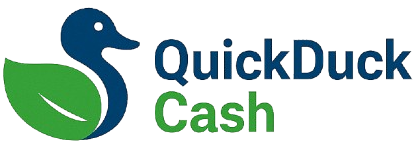Need Fast Cash? We Can Help — Responsibly!
Choose Your Loan Type
Explore flexible loan options for your financial goals.
Payday Loans
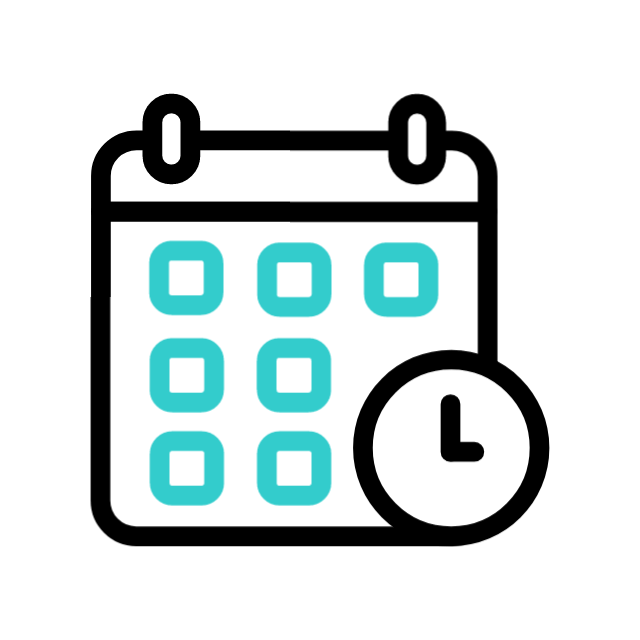
All Credit Types Welcome to Apply
Bad Credit Loans

All Credit Types Welcome to Apply
Installment loans
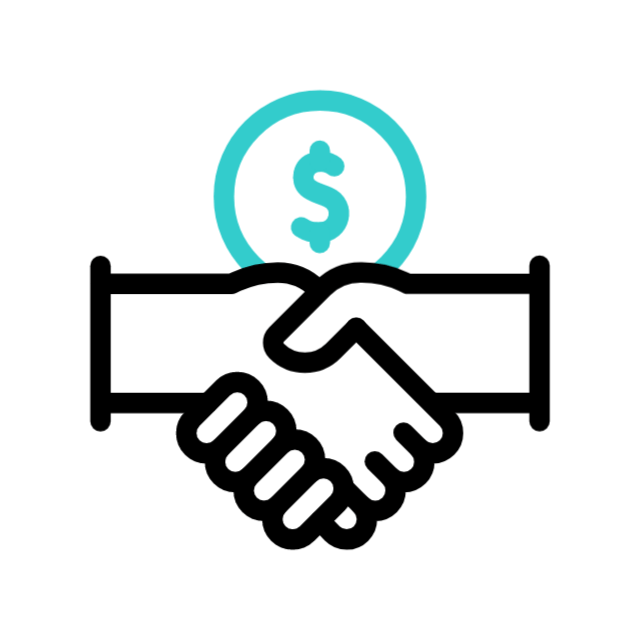
All Credit Types Welcome to Apply
Personal loans
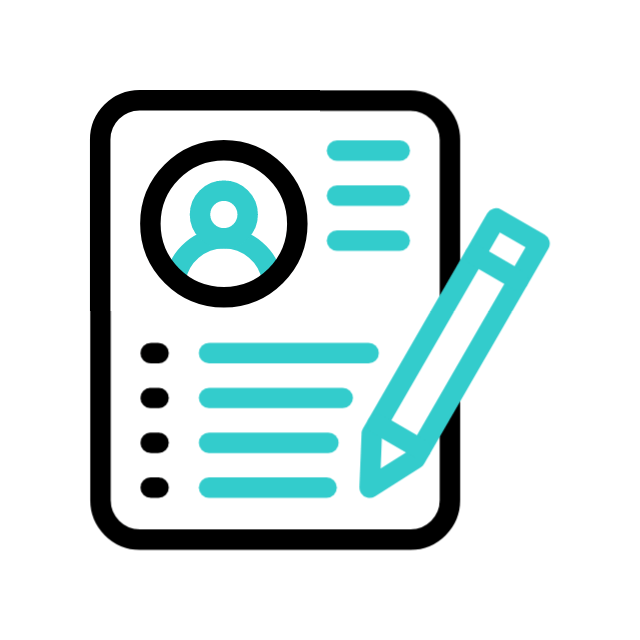
Best for people who need up to $50,000
Good Credit Score Recommended
Unsecured Loans
Cash Advance
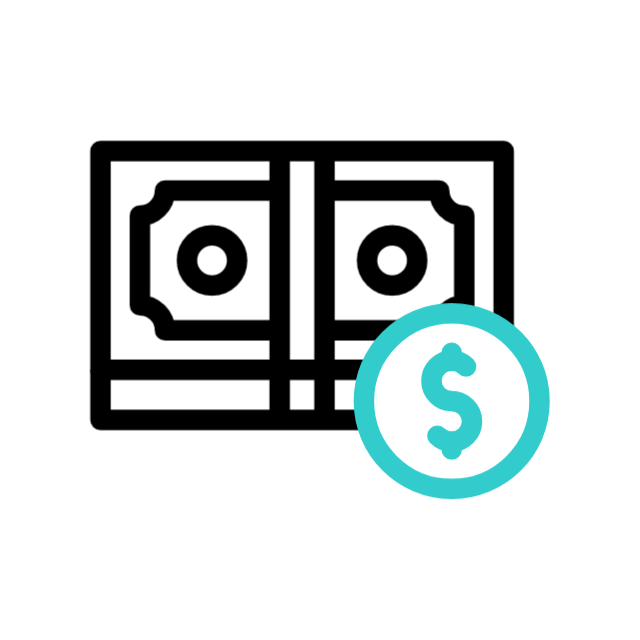
Perfect for short-term loans under $1,000.
All Credit Types Welcome to Apply
Same Day Loans
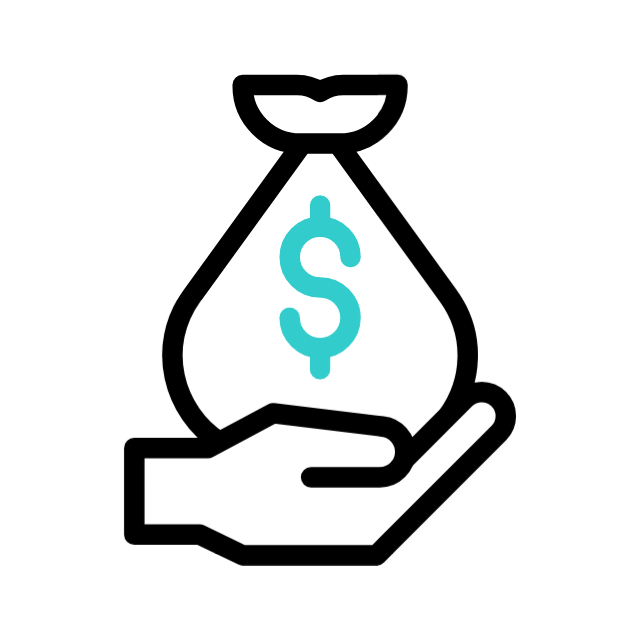
Fast approvals with minimal documentation.
All Credit Types Welcome to Apply
Title Loans
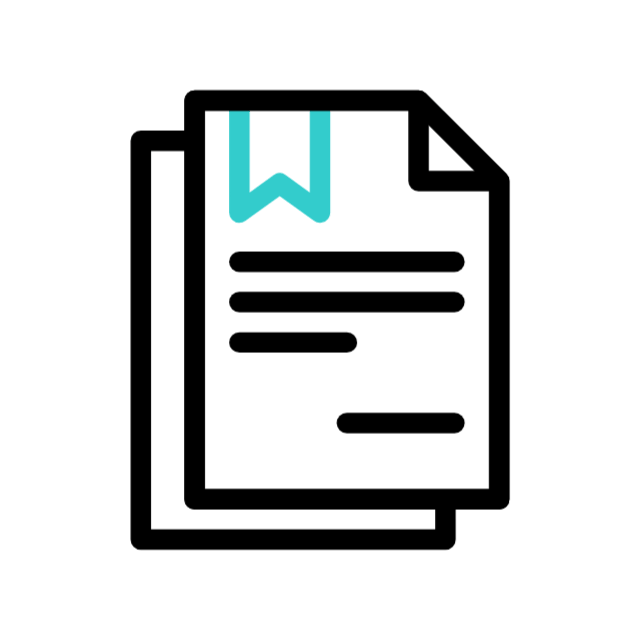
Loans secured by the vehicle’s title. Borrow up to $50,000.
All Credit Types Welcome to Apply
Debt Consolidation
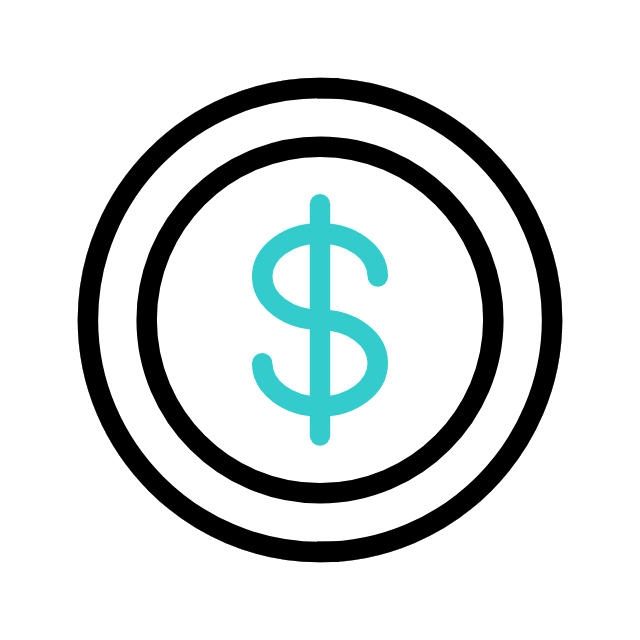
Best for people who have more than $10,000 in Unsecured Debt
All Credit Types Welcome to Apply
Personal Loan Options in Minnesota
Loan terms, amounts, and availability differ by state regulations. Certain limits apply in states like California and New Jersey.
What Makes QuickDuckCash Different
Need quick financial support for bills, emergencies, or personal projects? QuickDuckCash makes getting a personal loan in California simple, fast, and accessible for everyone.
Your QuickDuckCash Loan Features
We work closely with you to match you with the right loan option, tailored to your needs and budget—without the stress or long waiting periods.
What We Offer

Fast Approval Process

Simple Online Application

Available 24/7
Support and application access whenever you need it.
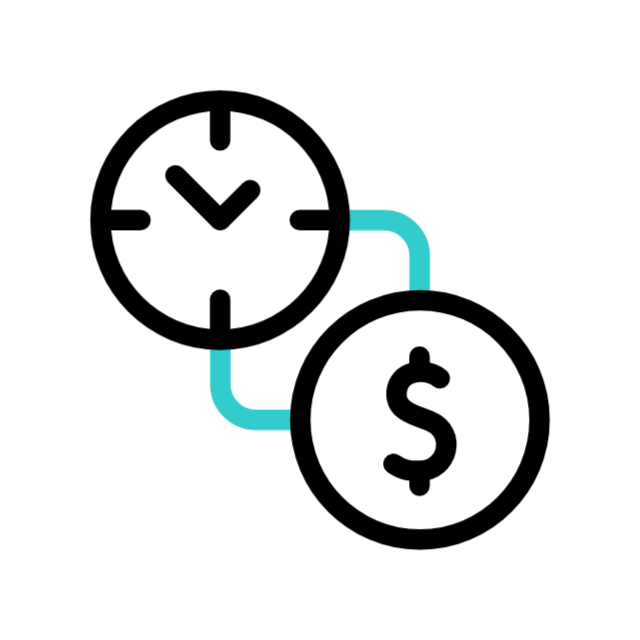
Flexible Loan Terms
We help you find repayment options that work for your lifestyle.

All Credit Levels Welcome
Whether you have great credit, fair credit, or are rebuilding, you can apply.

Choose Your Loan Amount
Borrow just what you need—no more, no less.
Your 3-Step Loan Process
1

Begin Your Request
Fill out our quick and secure inquiry form to get the process started.
2

Get Paired With a Lender
You’ll be matched with a trusted third-party lender who will review your loan details.
3
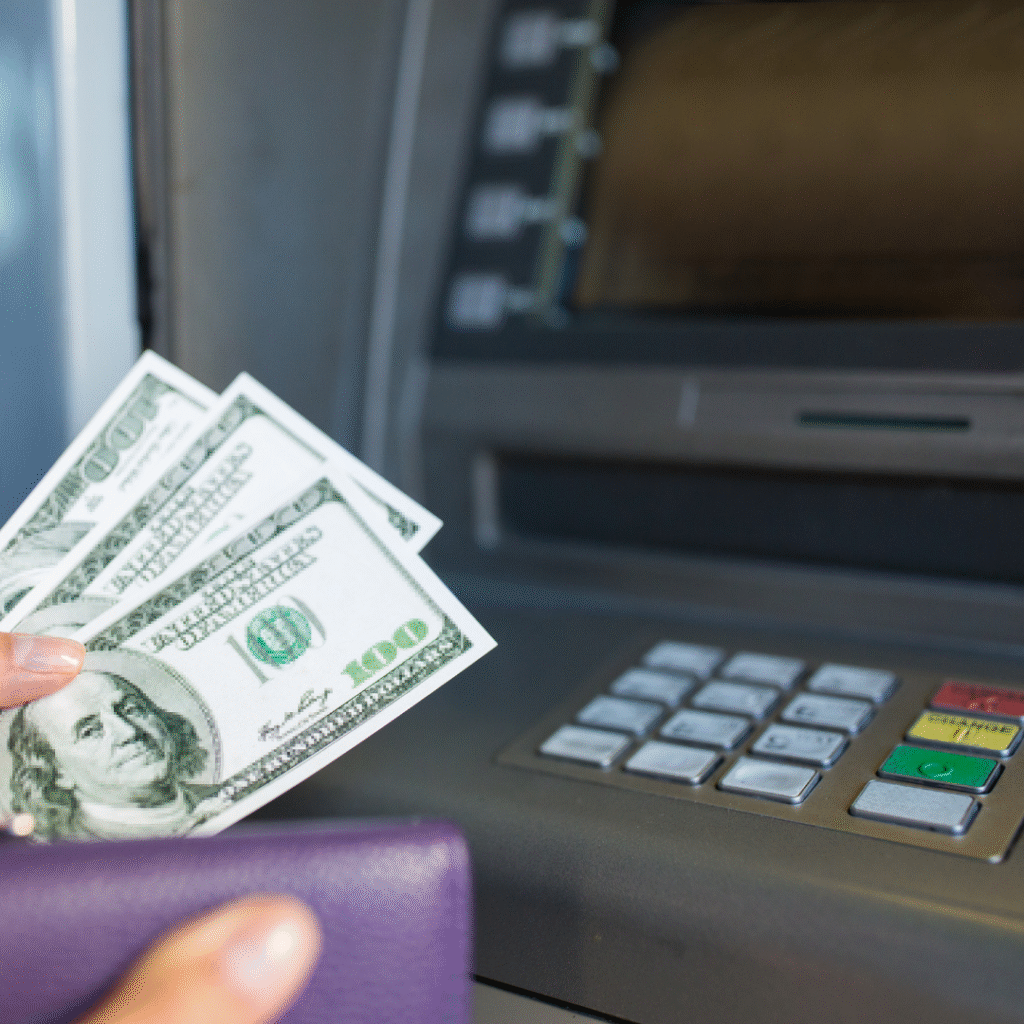
Receive Your Funds
Once approved, you can receive your funds—either in person or directly in your bank account.
Exploring Top Personal Loan Options in Minnesota
Looking for the best personal loans in Minnesota? You’re in the right place. With so many lenders and loan types available, choosing the right fit for your financial situation can be overwhelming. Whether you prefer a bank, credit union, or online lender, this guide will help you navigate your options with confidence.
Key Takeaways
Discover a variety of personal loan options from banks, credit unions, and online lenders.
Consider interest rates, fees, and terms carefully, especially when consolidating debt with a personal loan.
Compare lenders based on their application processes, required documentation, and pre-approval offerings to find the best match for your needs.
Examining Personal Loan Choices in Minnesota

In Minnesota, personal loans are accessible through a variety of lenders, including banks, credit unions, and online platforms. Each option has distinct advantages and considerations. When evaluating lenders, it’s important to review factors such as interest rates, fees, and customer service quality.
Banks
Traditional banks provide personal loans, including installment loans, primarily to borrowers with strong credit histories. While they often offer reliable service, banks may impose stricter eligibility requirements and higher interest rates.
For instance, SoFi in Minnesota requires applicants to have a gross income of at least $50,000 and a minimum credit score of 680 for loan approval. If you don’t meet these criteria, you can submit an online form, and we’ll assist in finding a suitable alternative lender.
Credit Unions
Credit unions are member-owned institutions that typically serve a specific community, profession, or region. They often provide lower interest rates and more flexible loan terms compared to traditional banks, making them an attractive option for eligible members.
Online Lenders
Online lenders offer a streamlined borrowing process, allowing borrowers to apply, pre-qualify, and obtain funds without visiting a branch. Loan amounts can reach up to $50,000, with minimum credit scores starting as low as 300, providing more inclusive access to funding.
Comparing Secured and Unsecured Personal Loans

Personal loans generally fall into two main categories: secured and unsecured. Secured loans require collateral, such as a vehicle or property, and usually provide lower interest rates and higher borrowing limits. Unsecured loans, like personal installment loans, do not require collateral and are typically approved based on income and creditworthiness.
Secured Loans
Secured loans use collateral to reduce the lender’s risk, which allows for lower interest rates and potentially higher loan amounts. Loan agreements clearly outline the terms and conditions of these loans. However, failure to repay a secured loan can severely impact your credit score and may result in the loss of the pledged collateral.
Unsecured Loans
Unsecured loans do not involve collateral, making them less risky for borrowers. Approval is based primarily on credit history and income, but lenders often charge higher interest rates and impose stricter requirements to offset the increased risk.
Interest Rates and Repayment Terms
Several factors influence the interest rates and repayment terms of personal loans, including your credit score and the requested loan amount. Borrowers with higher credit scores may qualify for lower rates, larger loan amounts, and more flexible repayment schedules.
Credit Score Impact
Your credit score is a major factor in determining loan conditions. A strong credit score generally leads to lower interest rates and more favorable repayment options. Conversely, a lower credit score may result in higher rates and stricter loan terms, reflecting the increased risk for lenders.
Loan Amount and Term Considerations
The size of the loan and its repayment duration can also affect interest rates and monthly obligations. Larger loans may come with lower rates, while extended repayment periods can reduce monthly payments but increase the total interest paid over the life of the loan.
Debt Consolidation Using Personal Loans

Debt consolidation can be an effective method for managing multiple financial obligations. By combining several debts into a single personal loan with one monthly payment, you may simplify repayment, potentially reduce interest costs, and accelerate your path to becoming debt-free.
Benefits
Using a personal loan for debt consolidation offers notable benefits. It allows you to combine multiple payments into a single monthly obligation, which can make budgeting easier. Additionally, consolidation may reduce your overall interest rate, resulting in long-term savings.
Key Considerations
Before pursuing debt consolidation, it’s important to evaluate the total cost of the loan. This includes both interest rates and any associated fees. A loan with a seemingly low interest rate might carry high fees, so examining the full cost is essential to make an informed borrowing decision.
Home Renovation Financing
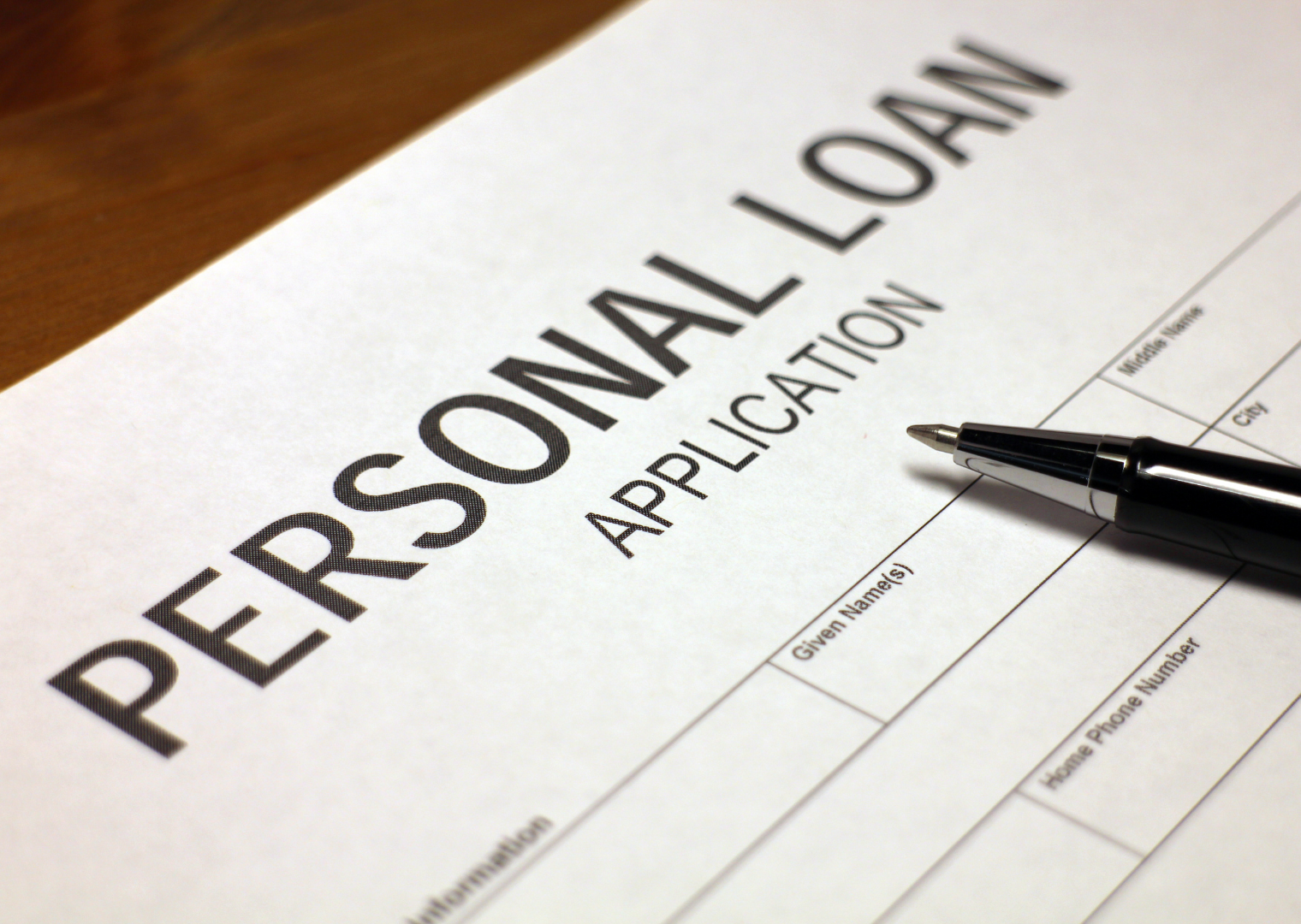
A personal loan can be an ideal solution for funding home improvement projects. With competitive interest rates and flexible repayment plans, personal loans make it easier to cover renovation costs without tapping into home equity.
Benefits
Using a personal loan for home renovations offers multiple advantages. It provides fast access to funds, avoids the need for home equity or closing costs, and typically has a quicker approval process than home equity loans, making it suitable for urgent projects.
Other Options
While personal loans are a convenient choice, there are alternative financing options worth considering. These include home equity loans, home equity lines of credit (HELOCs), and government-backed renovation loans, each with distinct benefits and requirements.
Selecting the Best Personal Loan in Minnesota
Choosing the right personal loan in Minnesota involves more than just looking at interest rates. You should also weigh factors like repayment schedules, fees, and overall loan flexibility when assessing different lenders’ offers.
Comparing Lenders
When comparing lenders, examine more than just the interest rate. Consider aspects such as:
Available loan amounts
Repayment terms
Application procedures
Additional fees or charges
Additionally, take into account the lender’s reputation and quality of customer service to ensure a smooth borrowing experience.
Reviewing Loan Conditions
When reviewing loan conditions, focus on the total cost of the loan rather than just the monthly payments. This includes interest rates, fees, and the loan term.
While a longer loan term may lower monthly payments, it can increase the total interest paid over the life of the loan.
Loan Application Steps and Necessary Documents
Once you’ve chosen a lender and loan that meets your needs, you can start the application process. This usually involves completing an application form and submitting documents to verify your identity and financial situation.
Pre-qualification
Many lenders offer a pre-qualification or pre-approval option, allowing you to see potential loan terms and interest rates without affecting your credit score. This helps you compare offers and make a well-informed choice.
Essential Documentation
To apply for a personal loan, you’ll generally need to provide:
Proof of identity
Proof of income
Recent bank statements
Submitting accurate and complete documents can streamline the process and improve your likelihood of loan approval.
Summary
In summary, personal loans in Minnesota can be an effective way to address various financial needs, whether it’s consolidating debt, funding home improvements, or covering unexpected expenses. By understanding the types of loans available, comparing lenders, and reviewing loan terms carefully, you can select the personal loan that best fits your financial situation.
Frequently Asked Questions
What credit score do I need for a personal loan?
Most lenders require a minimum credit score between 610 and 640 to qualify for a personal loan. To secure the most favorable interest rates and terms, a FICO® Score of 670 or higher is typically recommended.
What is the difference between secured and unsecured personal loans?
Secured loans require collateral to guarantee the loan, while unsecured loans do not need any collateral.
Can a personal loan be used for debt consolidation?
Yes, personal loans can be used to consolidate multiple debts, potentially lowering your interest rate and helping you pay off debt more efficiently.
Which documents are needed to apply for a personal loan?
Applicants generally need to provide a completed application form, proof of identity, proof of income, and recent bank statements.
